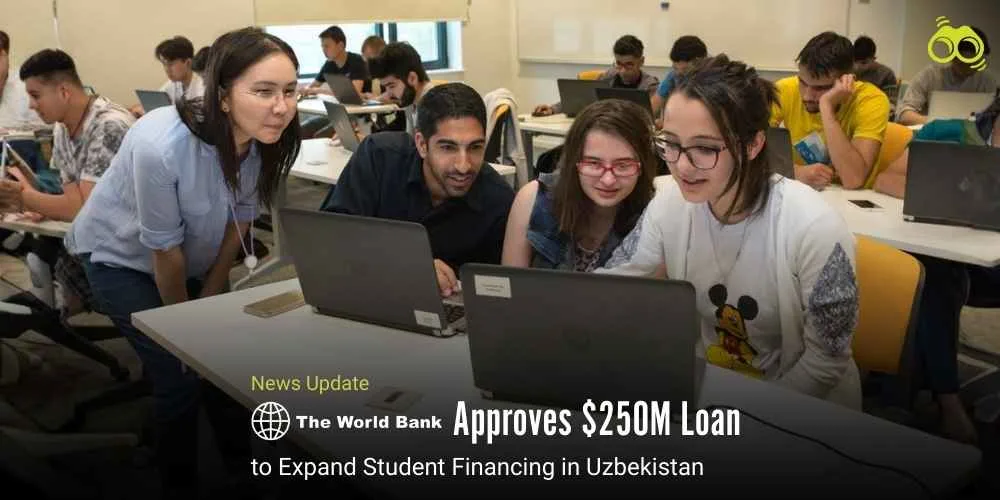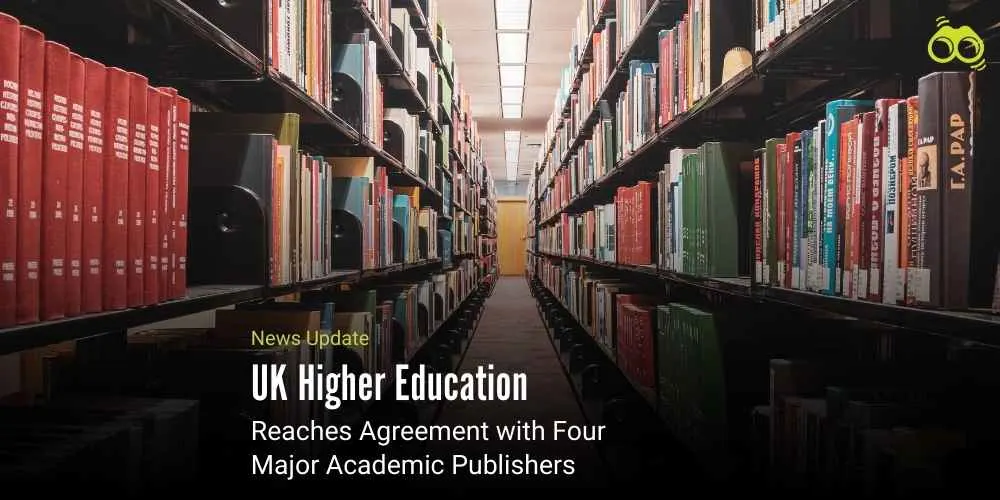Asian and European Nations Rise as Preferred Study Destinations
UK Sees Growth in Postgraduate Enrolments as Canada and US Struggle
Recent trends in international student enrolments indicate a significant shift in global higher education dynamics. While postgraduate enrolments declined in the United States, Canada, and Australia, British universities recorded an 8% increase, now accounting for one-third of all international postgraduate enrolments. In contrast, Canada experienced a dramatic 33% drop in undergraduate enrolments, marking the largest decline across all categories. Meanwhile, Australia led in international undergraduate enrolments with a 9% rise, whereas British universities reported stagnation and the US saw only a modest 1% increase.
According to Cara Skikne, head of communication at Studyportals, the UK’s growth is largely attributed to declines in enrolments at other major destinations. Despite ongoing government restrictions, such as limits on dependent visas, the UK has managed to rebound compared to the previous year. The Global Enrolment Benchmark Survey (GEBS), co-sponsored by NAFSA, Oxford Test of English, and Studyportals, found that international enrolments in the "Big Four" countries—the US, UK, Canada, and Australia—have been steadily declining since the COVID-19 pandemic. The share of international students in these nations dropped from 38.4% in 2023 to just 28% by March 2025.
Meanwhile, countries like France, Austria, Ireland, and Spain have seen a notable increase in international student numbers, with France leading the surge with a 25% year-over-year rise. Asian countries, including China, Japan, and Malaysia, also reported strong growth, with China seeing a 32% increase, Japan 24%, and Malaysia 12.4%. Skikne noted that Asia’s more welcoming policy environment has shielded it from the visa and policy challenges affecting other regions, with only 6% of institutions in Asian countries reporting significant issues with restrictive policies.
Robert Lintzen from Studyportals pointed out that international higher education is becoming increasingly competitive, with countries like the UAE aggressively pursuing global education hub status through initiatives like Dubai’s Education 33 strategy. Experts have warned that traditional destinations for international students are facing mounting challenges due to stricter immigration and post-study work policies, leading to a shift in the balance of power in global education—a trend expected to accelerate.
In Canada, the decline in international student enrolment is largely attributed to restrictive government policies, with 93% of universities citing regulations and visa issues as significant obstacles. The Canadian government reduced student visas by 45% in 2024, with an additional 10% cut planned for the following year. These reductions were partly driven by concerns over housing shortages, as many universities lacked sufficient on-campus accommodation for over 1 million international students. The impact of these enrolment declines has triggered financial crises across Canadian institutions, with nearly 73% reporting drops in undergraduate admissions and 82% citing lower master’s enrolments. In response, institutions are now seeking to diversify their student recruitment, with many looking toward American students affected by political instability in the US.
Similarly, Australia recorded a 13% decline in international postgraduate enrolments due to restrictive visa policies implemented in 2024. However, the country saw a 9% rise in international undergraduate enrolments, though experts speculate this may be due to universities securing students before new restrictions, such as visa caps and tuition fee increases, take effect. Like Canada, Australian universities have reported housing shortages, with 61% of institutions acknowledging difficulties in providing accommodation for international students. Despite looming budget cuts, the re-election of Prime Minister Anthony Albanese’s Labour Party may prevent reductions in university grants.
The United States has also faced challenges, with a 13% drop in postgraduate enrolments and stagnant undergraduate numbers. Experts attribute this decline to tightening visa regulations and increased rejection rates under the administration of President Donald J. Trump. Between January and August 2024, F1 visa approvals for Indian students dropped by nearly 40%, while the heightened enforcement of immigration policies led to a rise in visa refusals and student arrests. Additionally, staffing reductions at US universities have contributed to decreasing student interest. The country has lost 36% of its market share for total student enrolment, and interest in US master’s programmes has plummeted by 54%, as students increasingly seek stability and long-term career prospects elsewhere.
In terms of academic and English proficiency requirements, universities in Asia reported the highest concerns, with 82% citing academic entry standards as a challenge. Meanwhile, only 10% of American and British universities considered admission requirements a significant issue, with most institutions viewing them as minor obstacles. Regarding English proficiency, Australian universities reported the highest concern, with 78% considering it a challenge, whereas American universities ranked it as a negligible issue. Universities are also re-evaluating their approaches to technology-driven programmes and AI use in student recruitment. Asian institutions showed the highest inclination toward expanding online offerings (41%) and integrating AI technologies (35%). British universities followed closely, with 38% planning to increase online programmes, while Australian institutions showed minimal interest.
The shifting landscape of global student mobility has prompted universities worldwide to reassess their recruitment strategies. According to Fanta Aw, executive director of NAFSA, students are increasingly turning away from traditional destinations such as the US, UK, Canada, and Australia in favour of countries offering greater stability, affordability, and growth opportunities. The rise of alternative study destinations suggests that failure to adapt could result in the loss of talented individuals vital to higher education, research, and innovation. Overall, with global education dynamics evolving, universities must proactively address policy challenges and adapt to shifting student preferences to maintain their competitiveness in the international higher education market.
Editor’s Note
This report underscores a pivotal moment in global higher education. As traditional study destinations—namely, the United States, Canada, Australia, and the United Kingdom—grapple with policy constraints, housing shortages, and shifting political landscapes, emerging and alternative destinations are capitalising on the opportunity to attract international talent. The data highlights a redistribution of student mobility with a broader call for adaptability and responsiveness from institutions and governments alike.
According to Skoobuzz, the universities hoping to remain competitive, the path forward must include more inclusive visa frameworks, strategic investment in infrastructure, and greater alignment with student expectations for academic, career, and personal development. As student preferences evolve, so too must the policies and practices that support international education.














0 Comments (Please Login To Continue)